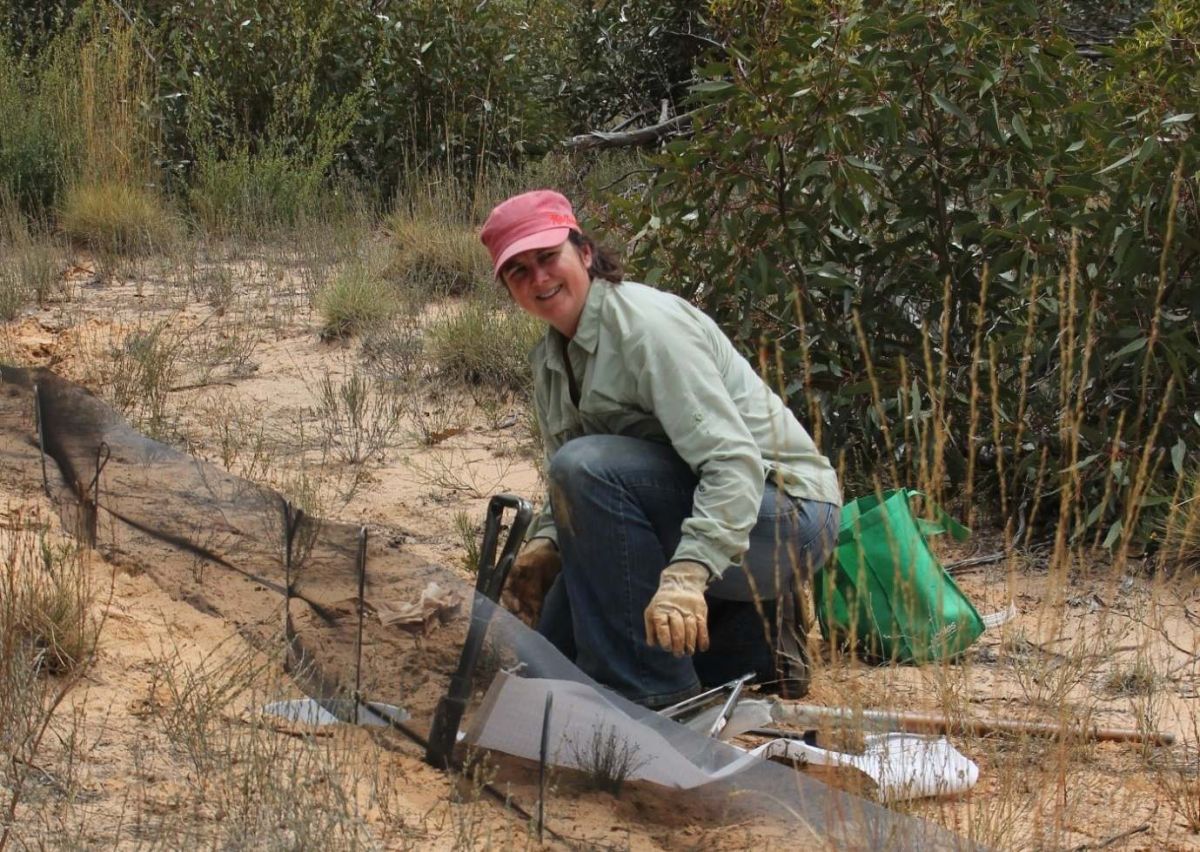 DELWP
DELWP Natasha Schedvin,Team Leader Risk & Evaluation for Forest Fire Management Victoria’s (FFMVic) Loddon Mallee region is just one of those experienced scientists.
Natasha is also one of those rare people who knew exactly what she wanted to do from the age of five.
‘The challenge was to keep pushing myself and finding ways to be more effective once I achieved my primary objective of working in a field where I could make things better for the environment,’ Natasha said.
‘That’s why I went back after 9 years of work to do a PhD, and why I now manage a team responsible for strategic bushfire management planning.’
‘My PhD focussed on wildlife conservation science.
Natasha said at times it is hard to quantify how she is using the skills she gained while completing her Bachelor of Science (Honours) followed by the PhD but adds she definitely uses many of the skills she learnt while conducting her environmental science research studies.
‘It has helped with how I go about project management. And it has massively improved my database management and data analysis skills, including spatial data management – I love maps!
‘And most importantly, it has helped me to identify opportunities to integrate new knowledge into our land management processes.
‘My work involves planning surveys with mapping software, then running wildlife surveys to gain data, analysing that data to understand what it means, and then using the resulting information to work with strategic planners and operational staff to ensure the changes we make in how things are actually done on-ground will strike a good balance between benefits to people and the environment.’
Natasha says this knowledge allows her to better understand how fauna populations respond to fire and ensure their persistence in the long-term.
Natasha said her job has given her many career highlights to be proud of.
‘I am really proud of working with colleagues to firstly create new knowledge through fire ecology research with university partners and then use that information to adapt the way we manage bushfire in the Mallee,’ Natasha said.
‘There hasn’t been one single ‘wow’ moment – more of a constant endeavour which we still work on today, but it is satisfying to look back and see how far we have come over the past 10 years – that’s the ‘wow’ moment.’
‘I love brainstorming innovative approaches with colleagues, seeing everyone get excited about the application of these new ideas and having all of us make the journey together.’
When recruiting as a manager, Natasha often wonders where ‘all the good science graduates went?’ as she does not see enough of them coming through into public service.
‘There are great opportunities in the Department of Environment, Land, Water and Planning and FFMVic to ‘make a real difference’ – you just need to think outside the box, give government a go and be mobile.
‘You do some pretty weird and wacky things in environmental science and that has certainly been the pattern of my career which has involved everything from a rare bat project on remote islands off southern New Zealand to island fauna surveys to investigate recolonisation of the active volcanic Krakatau Archipelago in Indonesia, to following owls throughout the night in Northeast Victoria and most recently surveys for reptiles and mammals in the Mallee regions of Victoria and NSW.’
You can read other profiles of other FFMVic female scientists on the Our People, Their Stories page.
Page last updated: 10/02/22